Raster Performance
- Assassin’s Creed Mirage
- God of War
- Starfield
- The Last of Us Part I
FHD (1920 x 1080)
QHD (2560 x 1440)
UHD (3860 x 2160)
Pages:
- Prologue & Technical specifications
- NVIDIA’s Key Technologies
- Box & Contents
- Part Analysis
- Specifications Comparison
- Test System
- Game Benchmark Details
- Raster Performance
- RT Performance
- RT Performance + DLSS/FSR Balanced
- Raytracing Performance + DLSS/FSR Balanced + FG
- DLSS/FSR Balanced (No RT)
- DLSS/FSR Balanced + FG (No RT)
- Relative Perf & Perf Per Watt (Raster)
- Relative Perf & Perf Per Watt (Raster + DLSS/FSR)
- Relative Perf & Perf Per Watt (RT)
- Relative Perf & Perf Per Watt (RT + DLSS/FSR)
- Relative Perf & Perf Per Watt (RT + DLSS/FSR + FG)
- Rendering Performance
- Operating Temperatures
- Operating Noise & Frequency Analysis
- Power Consumption
- Clock Speeds & Overclocking
- Cooling Performance
- Epilogue

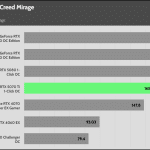
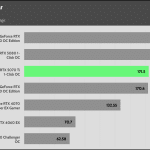
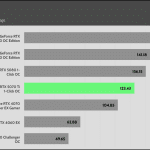
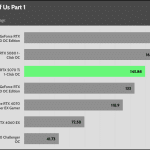
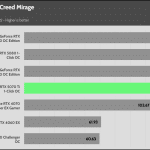
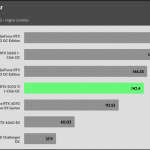
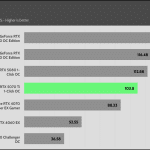
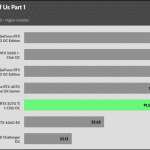
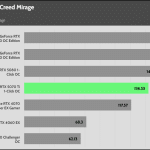
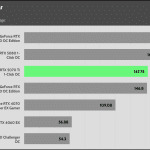
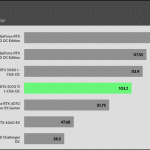
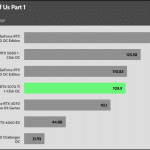
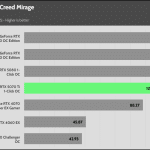

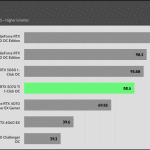
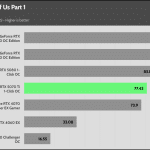
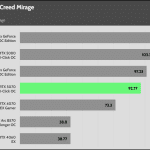
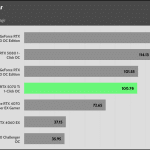
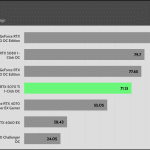
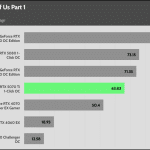
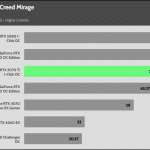
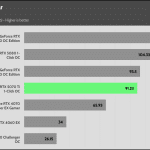

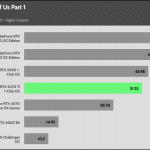
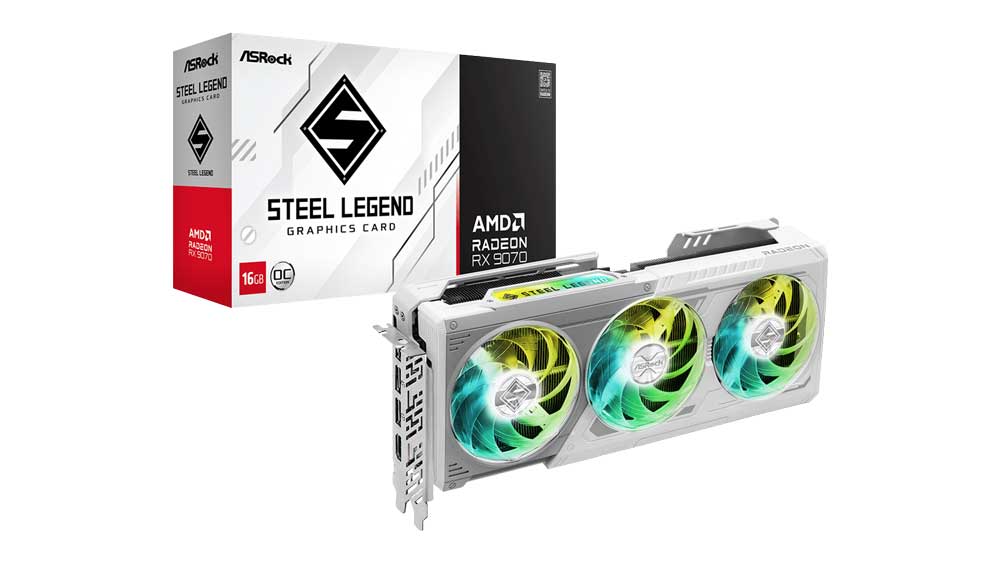

Thanks for your detailed review. I bought a similar Galax card called the Blade OC in China. Despite putting it to the same settings as you in GPU tweak (and the GPU clock dial even going slightly higher to 2997) I’m finding that the max core clock I can get in TimeSpy Extreme GT1 is just under 3000MHz. Do you think this is just silicon lottery because my card seems to be about 3-5% behind every review of the Galax One click OC I can find (can’t read Chinese reviews of the local Blade OC version)?
Hi! OC is pure silicon lottery I am afraid.
OK. Cheers.